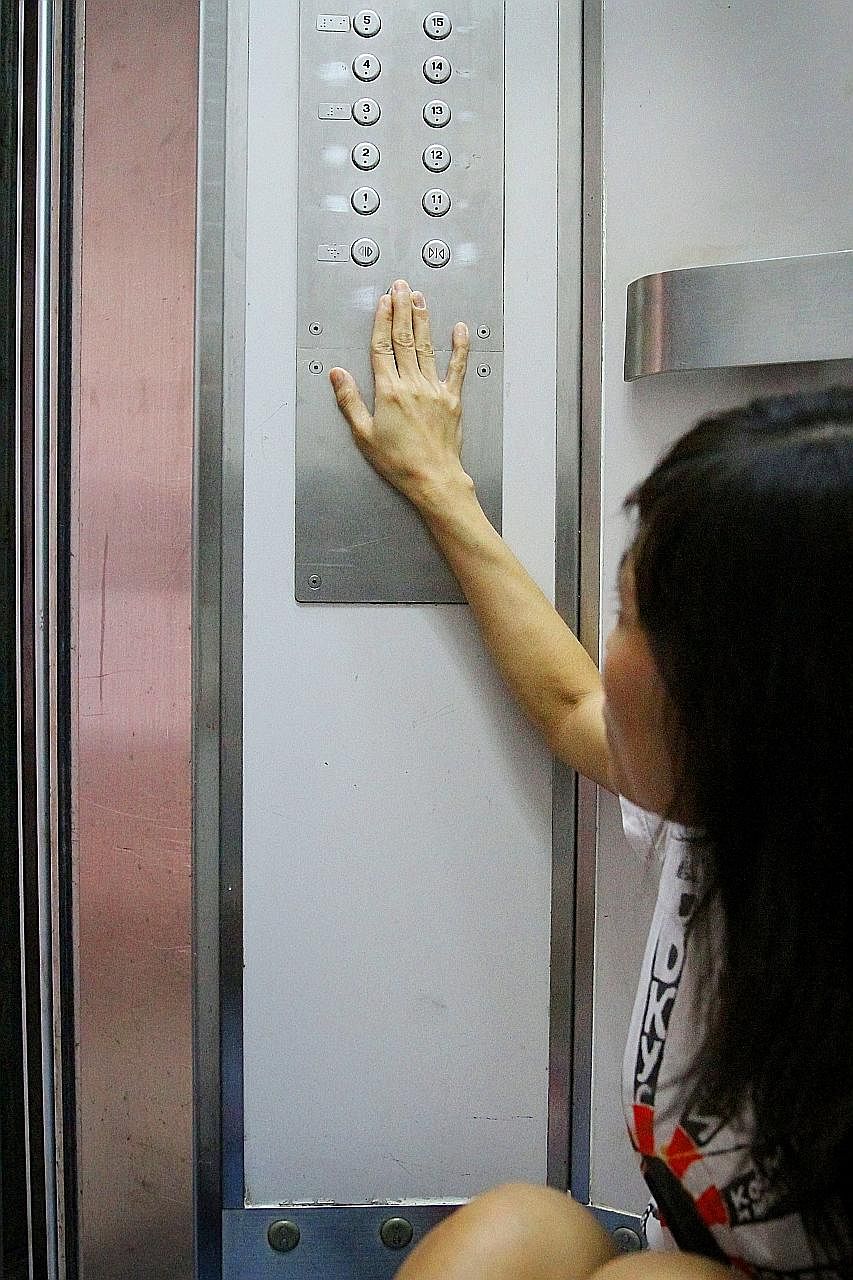Some might wonder why modernisation was not made mandatory, but the BCA noted that current lifts already meet safety standards.
"Existing lifts, when properly used, maintained and inspected, will continue to be safe for operation," it said.
Newer lifts already have some or most of the recommended features, said industry players.
Town councils said they are now assessing how many lifts will come under the scheme, based on age and whether they lack the recommended features.
To be eligible for the LEP, lifts must have been in operation for no more than 18 years.
This thus excludes older lifts like those involved in the incidents that cost Madam Khoo her hand and Mr Lim his life. They had been operating for 19 and 24 years respectively.
Lifts that old will eventually have to be replaced entirely. The HDB generally recommends that town councils replace them after 28 years.
In his blog, MrWong said: "For the older lifts, it will make more sense for the town councils to replace them with new lifts which will come with these enhanced features."
DOWNSIDE: IT COULD TAKE YEARS
The scheme instead seeks to improve lifts that are not yet up for replacement, but lag behind their newer counterparts.
Some new lifts might already have the recommended features. This could be the case in towns such as Punggol and Sengkang, as well as estates which have recently benefited from the Lift Upgrading Programme that ended in late 2014.
"As a mature estate, some of our lifts are currently either very new, as a result of the Lift Upgrading Programme, while others have been in operation for more than 18 years," noted Mr Pritam Singh, chairman of the Workers' Party-run Aljunied-Hougang Town Council.
Still, the town council will put up some lifts for consideration under the scheme, he added.
Finding out how many qualify is thus the first step.


Dr Teo Ho Pin, coordinating chairman for the People's Action Party (PAP) town councils, said the PAP Town Councils Lift Taskforce - formed in July - will collate the number of eligible lifts from the 15 town councils.
For instance, Pasir Ris-Punggol Town Council oversees 2,750 lifts, of which 78 per cent have been in operation for 18 years or less.
"We are currently checking to confirm the extent of works needed," said its chairman Zainal Sapari.
The fact-finding stage could take a while. As a Nee Soon Town Council spokesman explained: "We are currently working closely with the various lift manufacturers on details of the enhancement required on a per lift basis."
She added: "This exercise will require time and is important."
Some town councils already plan to implement the LEP for all eligible lifts. But that may not necessarily be the case islandwide.





